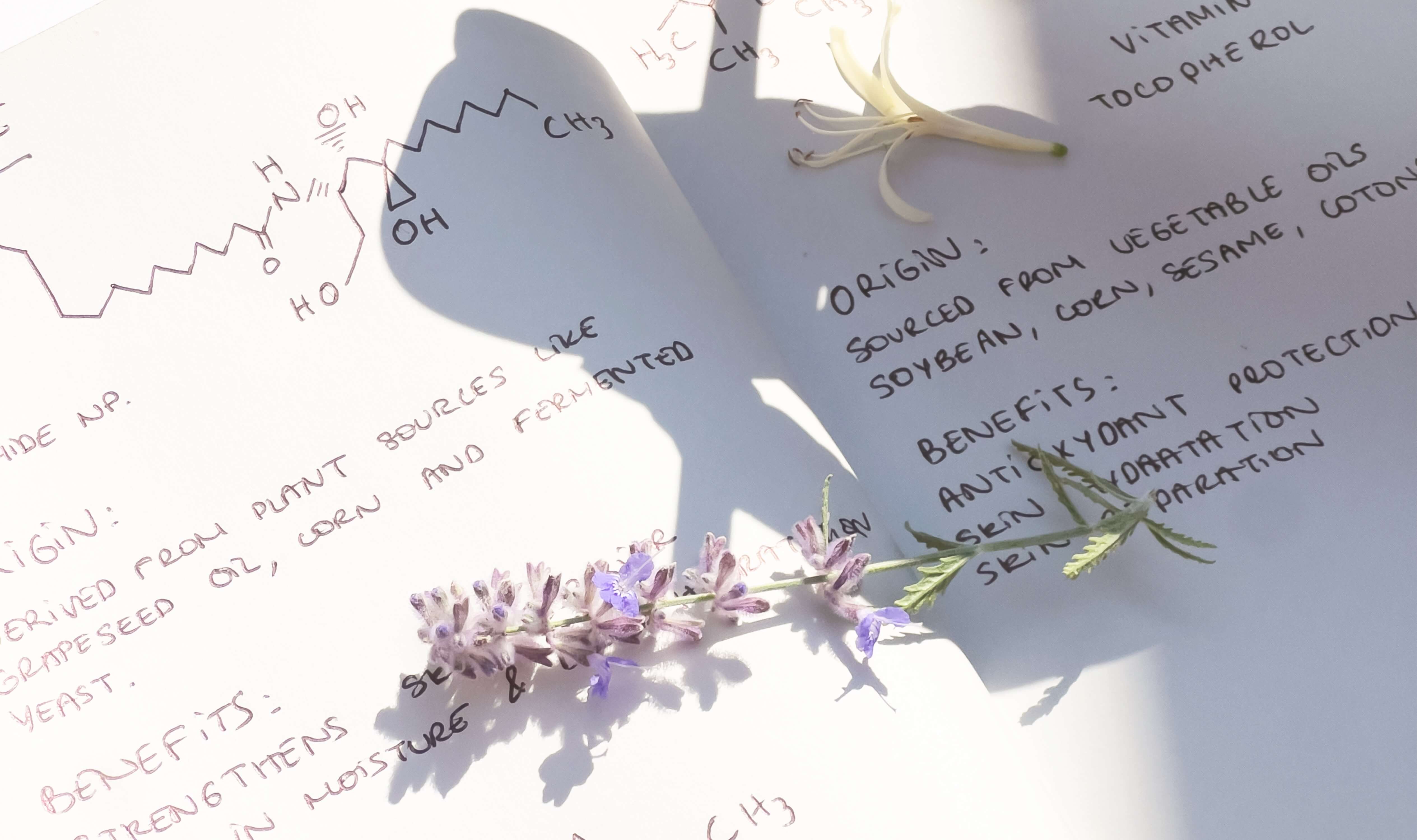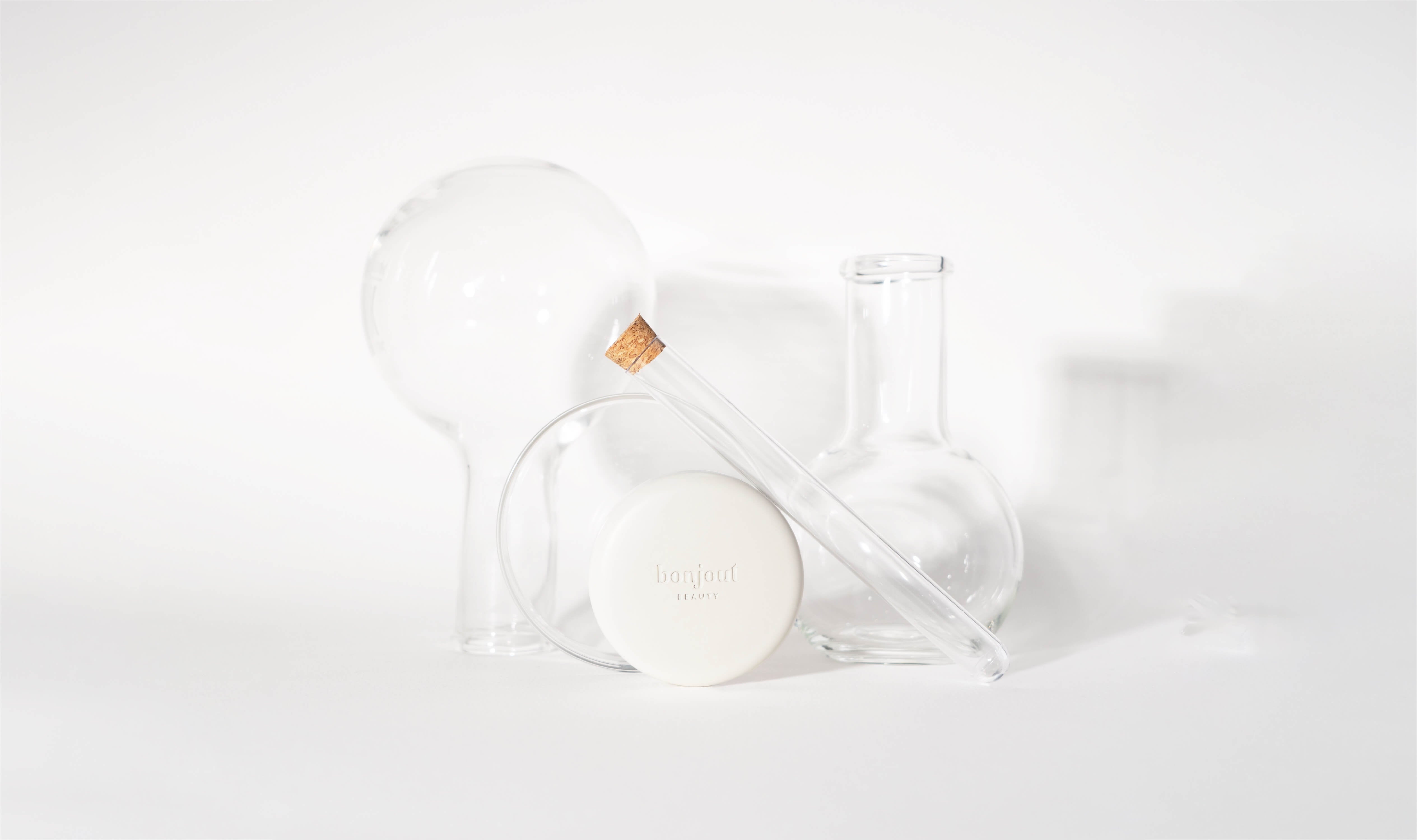One December, a young woman came into my clinic with red, itchy patches on her cheeks and forearms. She was convinced it was an allergic reaction. But as I examined her, I noticed no swelling, hives, or triggers from products she was using. When I asked about her skincare routine and the weather, the picture became clear: she had recently moved from humid Florida to dry, windy Colorado. She was using the same light gel moisturizer and washing her face with foaming cleansers twice a day.
What she was experiencing wasn’t an allergy — it was increased trans-epidermal water loss. The dry climate and her skincare habits were stripping her skin barrier. I explained that when the stratum corneum is disrupted, water escapes more easily, leading to dryness, inflammation, and itchiness.
Trans-Epidermal Water Loss (TEWL) is the passive movement of water from the body’s deeper skin layers (dermis) through the epidermis and out into the atmosphere. It is a natural and continuous process that plays a critical role in skin health and hydration. TEWL is often used as a clinical and cosmetic marker of skin barrier function.
I recommended a richer moisturizer with ceramides and hyaluronic acid, suggested she reduce exfoliation, and use a humidifier at home. Two weeks later, her skin had visibly improved, and she was amazed that such small changes could fix what felt like a mystery rash.

How does the skin structure regulate water?
The skin consists of three primary layers: Epidermis – the outermost layer. Dermis – the middle layer, rich in blood vessels and connective tissue. Hypodermis – the deepest layer, containing fat and connective tissue (see above).
Within the epidermis, the stratum corneum (the outermost sub-layer) is most directly responsible for regulating TEWL. It acts as a barrier made of dead skin cells embedded in a lipid matrix, limiting water loss and protecting against environmental damage.
Normal TEWL vs. Abnormal TEWL
- Normal TEWL maintains hydration and supports healthy skin function.
- Increased TEWL can indicate a compromised skin barrier, leading to:
- Dryness
- Irritation
- Sensitivity
- Conditions like eczema, psoriasis, or atopic dermatitis
 What are the Factors Affecting Trans Epidermal Water Loss?
What are the Factors Affecting Trans Epidermal Water Loss?
- Environmental: Low humidity, cold or hot weather, wind, think Tuscon Arizona
- Skin Conditions: Eczema, burns, allergic reactions
- Topical Products: Harsh soaps, alcohol-based products, over-exfoliation
- Procedures: Chemical peels, laser treatments
- Age: Older skin typically has higher TEWL
- Genetics: Some individuals have a naturally weaker skin barrier
How do you measure Trans Epidermal Water Loss?
TEWL is commonly measured using an instrument called a Tewameter. It calculates the water vapor gradient near the skin’s surface. The results are used in Dermatology to diagnose and monitor skin conditions and cosmetic science to test the efficacy of moisturizers and barrier creams.
TEWL Prevention and Treatment
Here's how you can maintain and restore the skin barrier is essential to reduce TEWL. Key strategies include:
- Moisturizers: Especially those containing humectants (glycerin, hyaluronic acid which attracts and retains water on your skin's surface), emollients, and occlusives (petrolatum, dimethicone) plug for Bonjout Beauty LeBalm : )
- Barrier repair creams: Formulated with ceramides, cholesterol, and fatty acids
- Gentle skincare routines: Avoiding harsh cleansers or over-exfoliation
- Environmental protection: Using humidifiers or protective clothing in harsh weather
Trans-Epidermal Water Loss is a vital physiological process that, when disrupted, signals compromised skin barrier function. Understanding and managing TEWL is crucial in both dermatology and skincare to ensure optimal hydration and skin health.
📚 Continue Reading

Peptides Explained: How These Microscopic Proteins Change Aging Skin
Peptides, microscopic proteins, signal skin cells to boost collagen production, reduce wrinkles, and improve skin texture, effectively combating the visible signs of aging.

Antioxidants in Skincare: How Antioxidants Can Improve Your Skin
The Bon Jour Beauty blog post explains how antioxidants in skincare combat free radical damage, protecting against premature aging and improving skin's overall health and appearance.

"Hyaluronic Acid 101: Learn One of The Secrets to Juicy, Youthful Skin"
Hyaluronic Acid in Dermatology: A French Clinical Perspective

